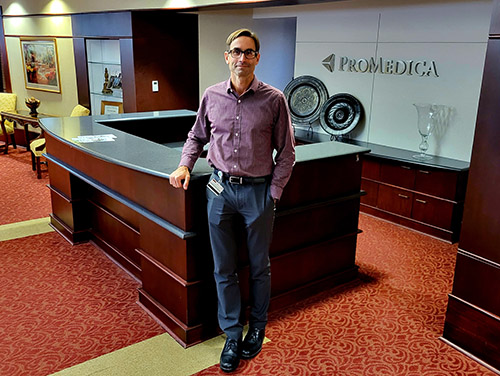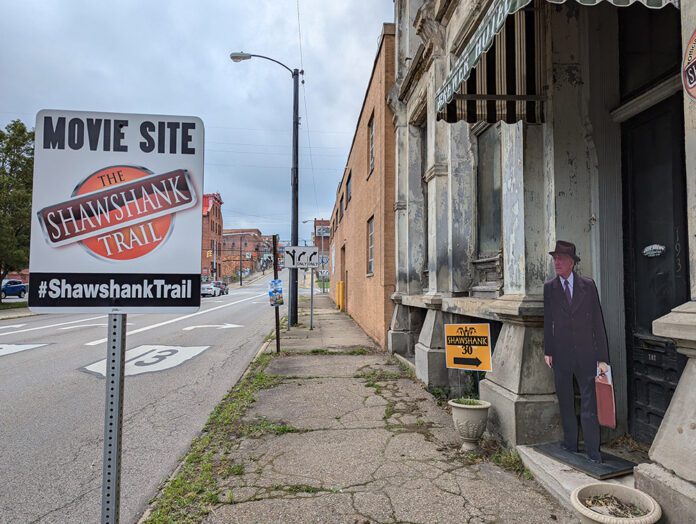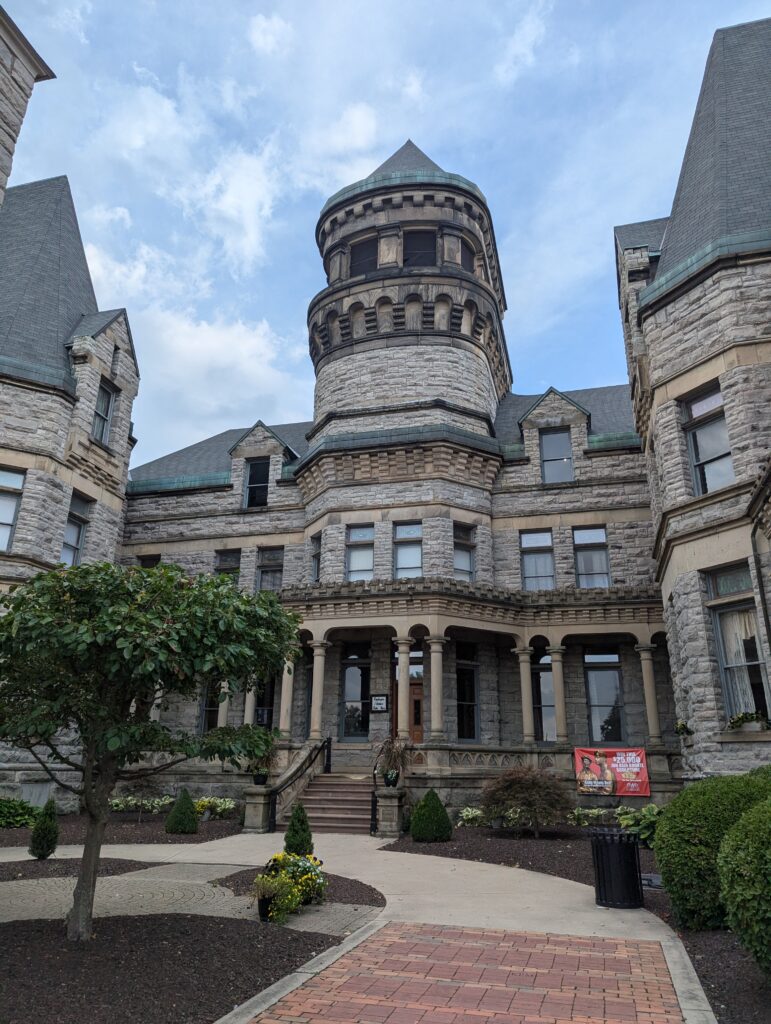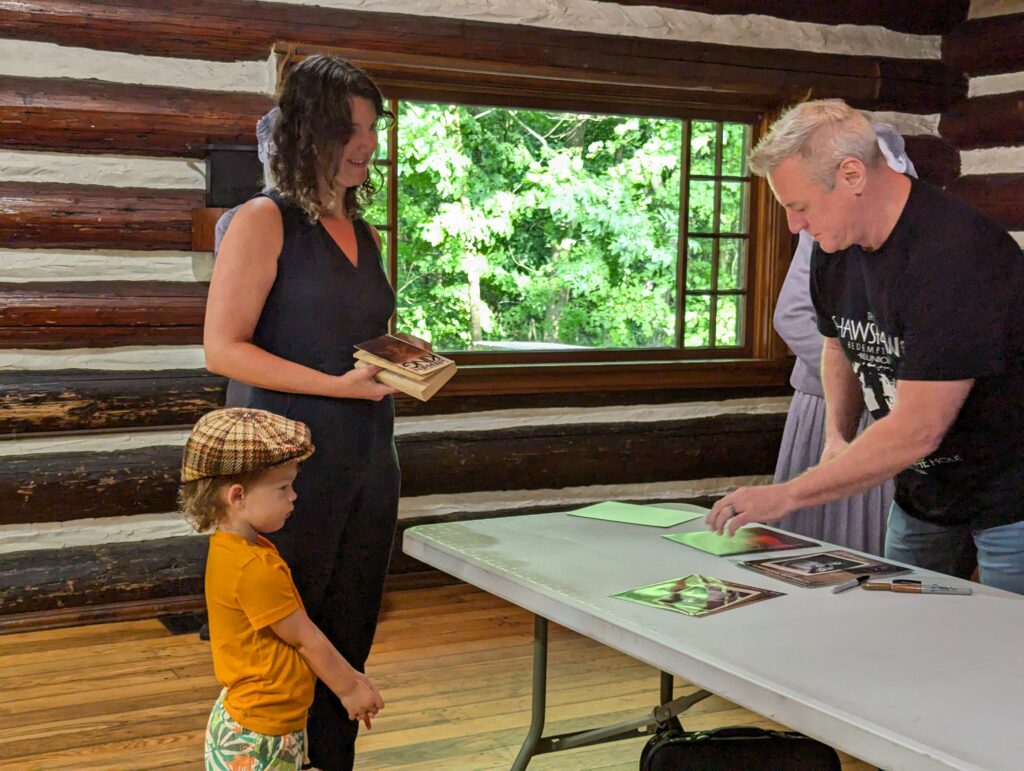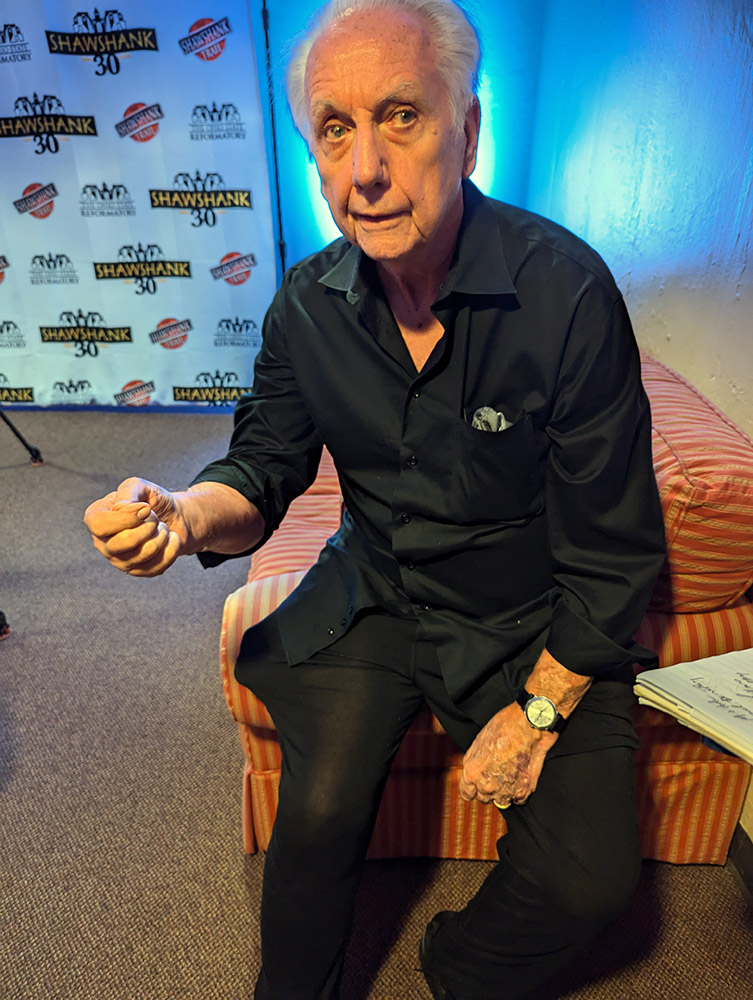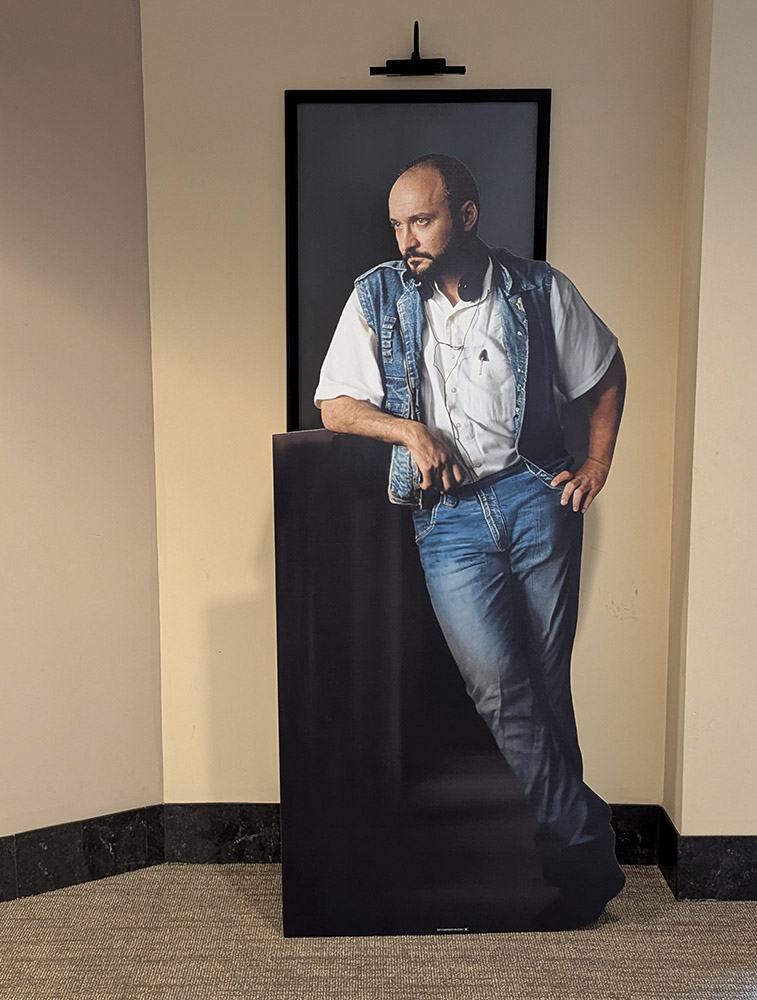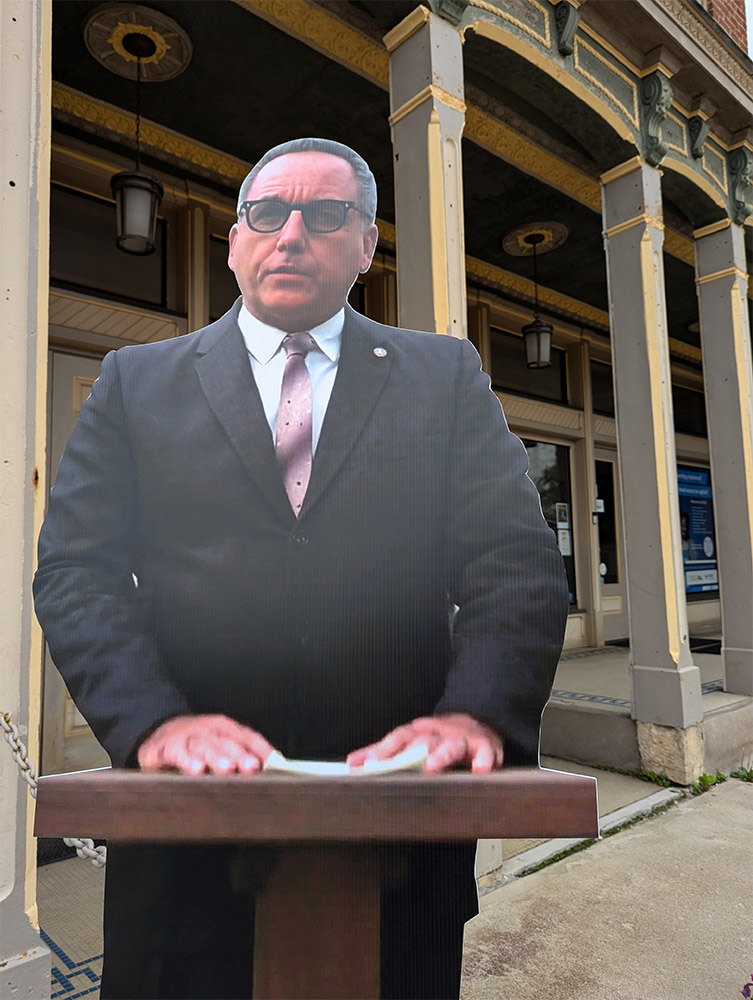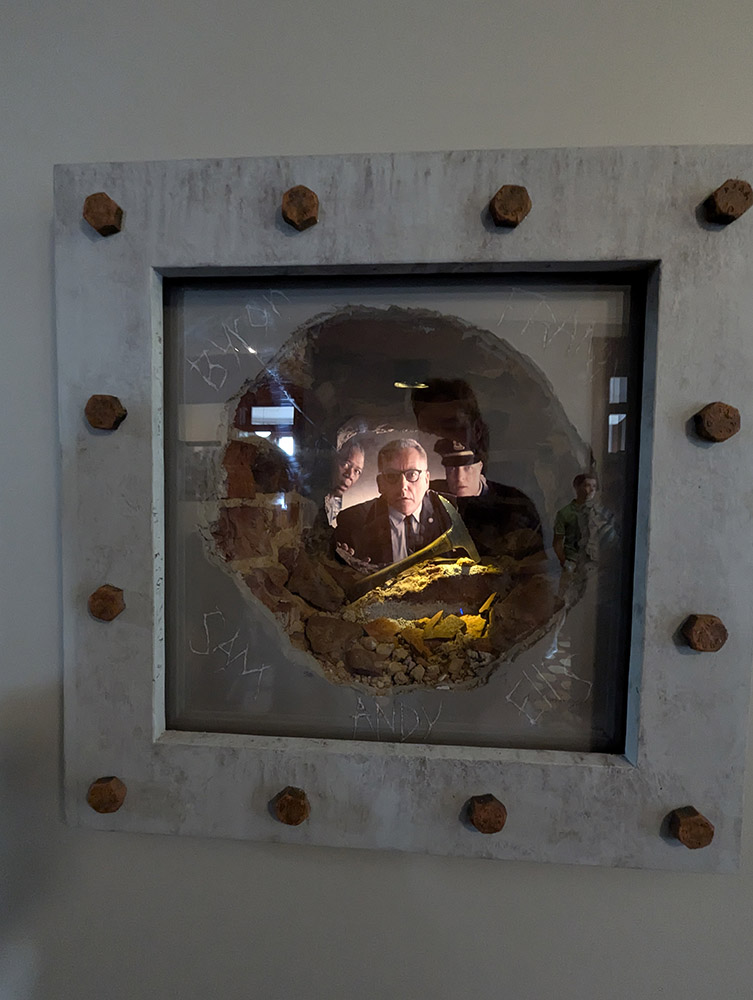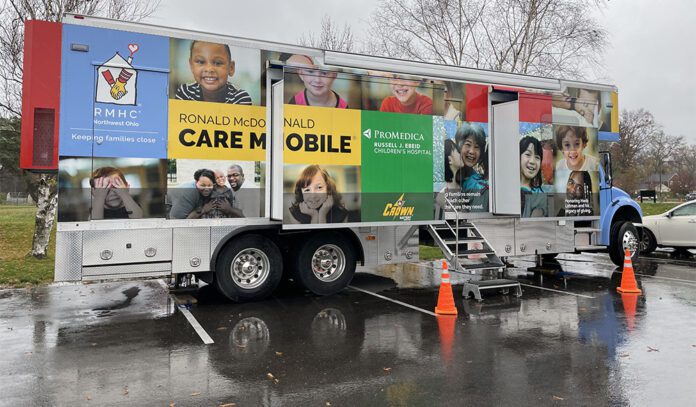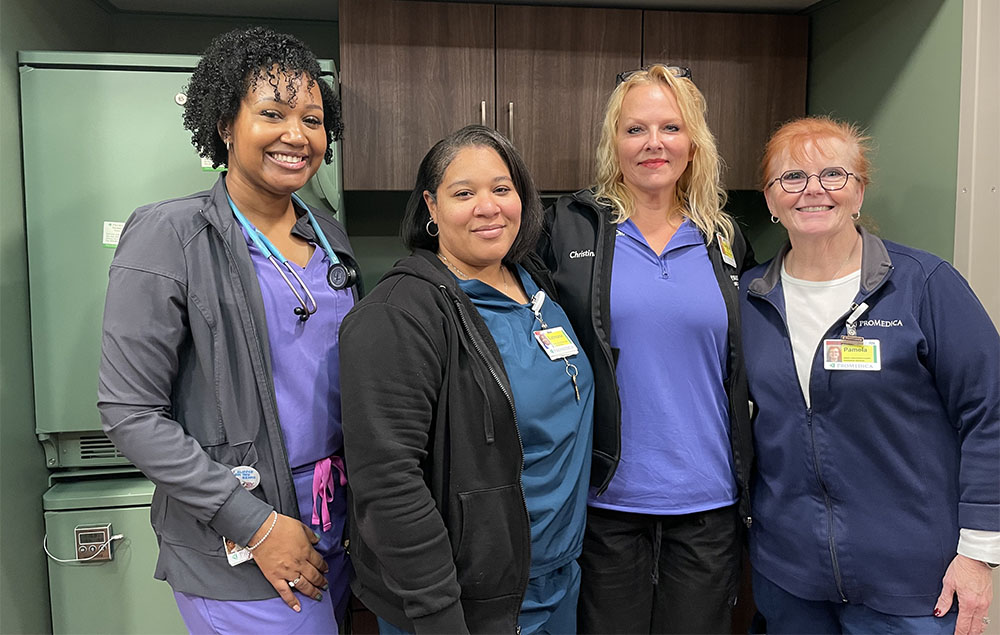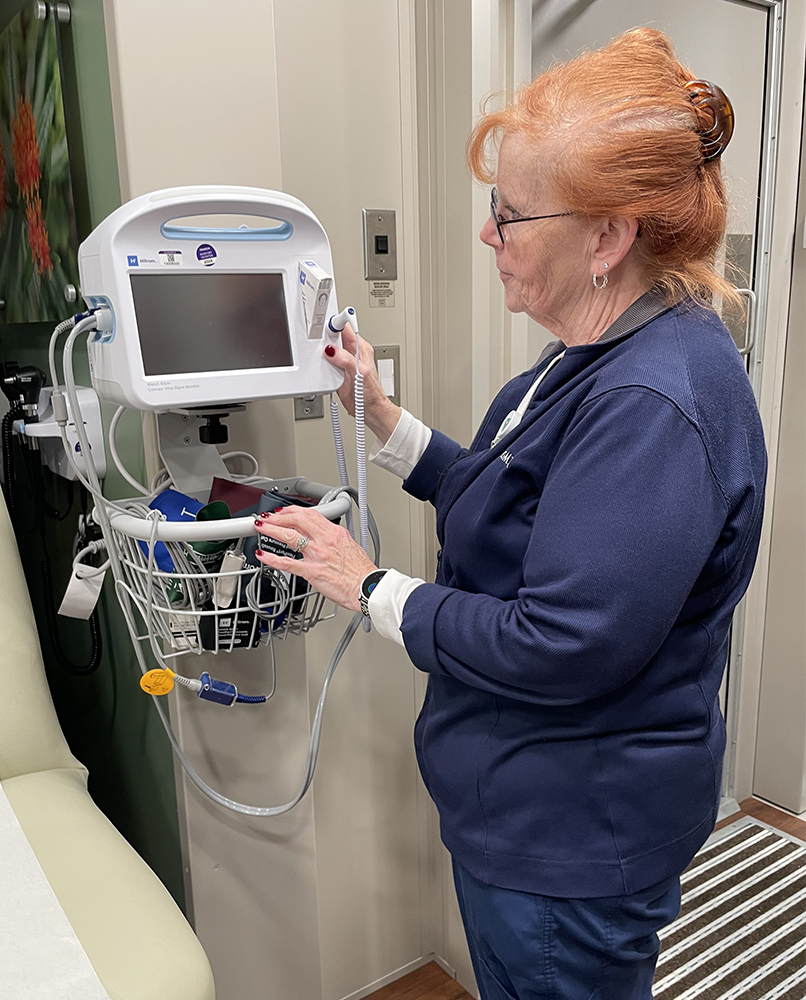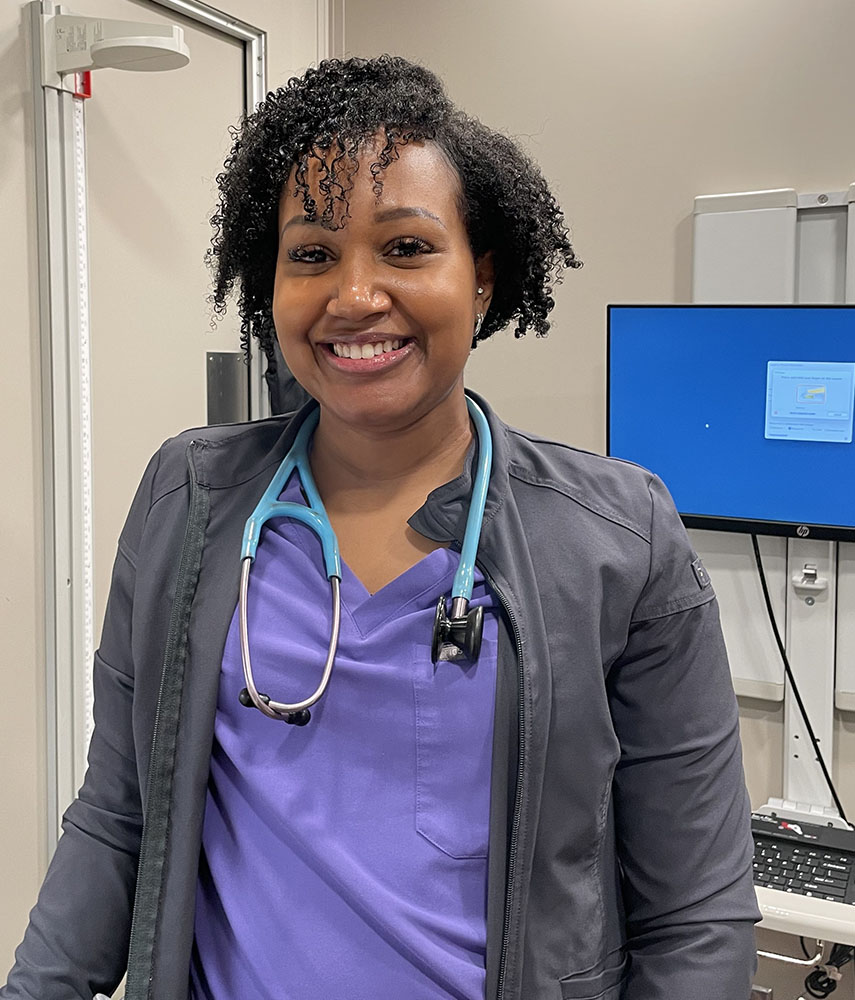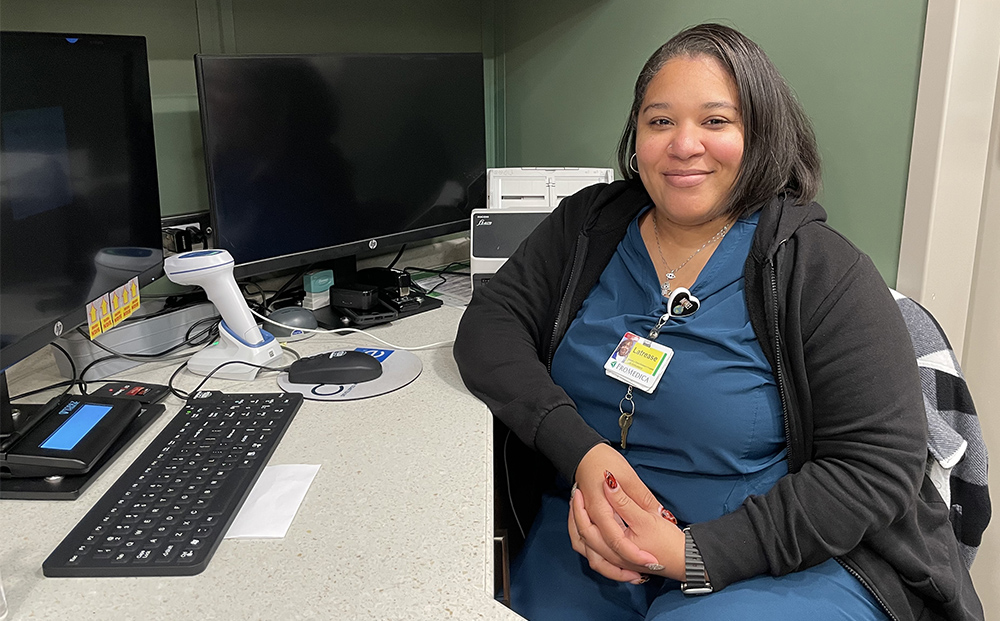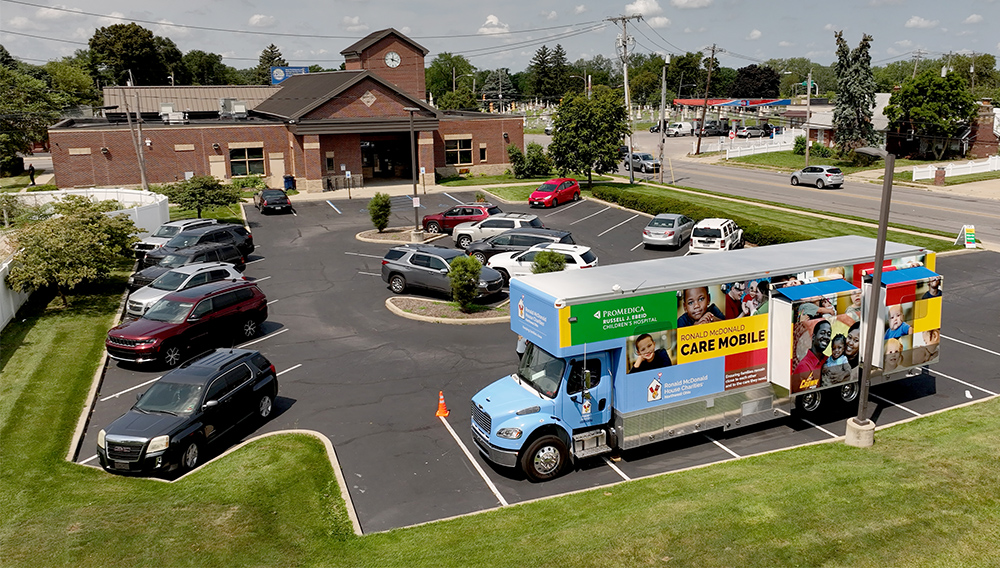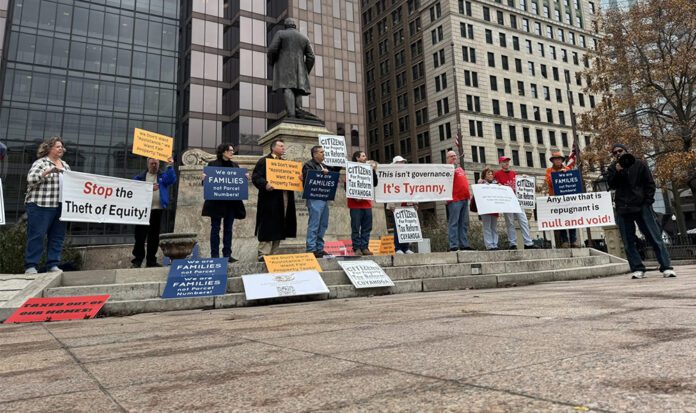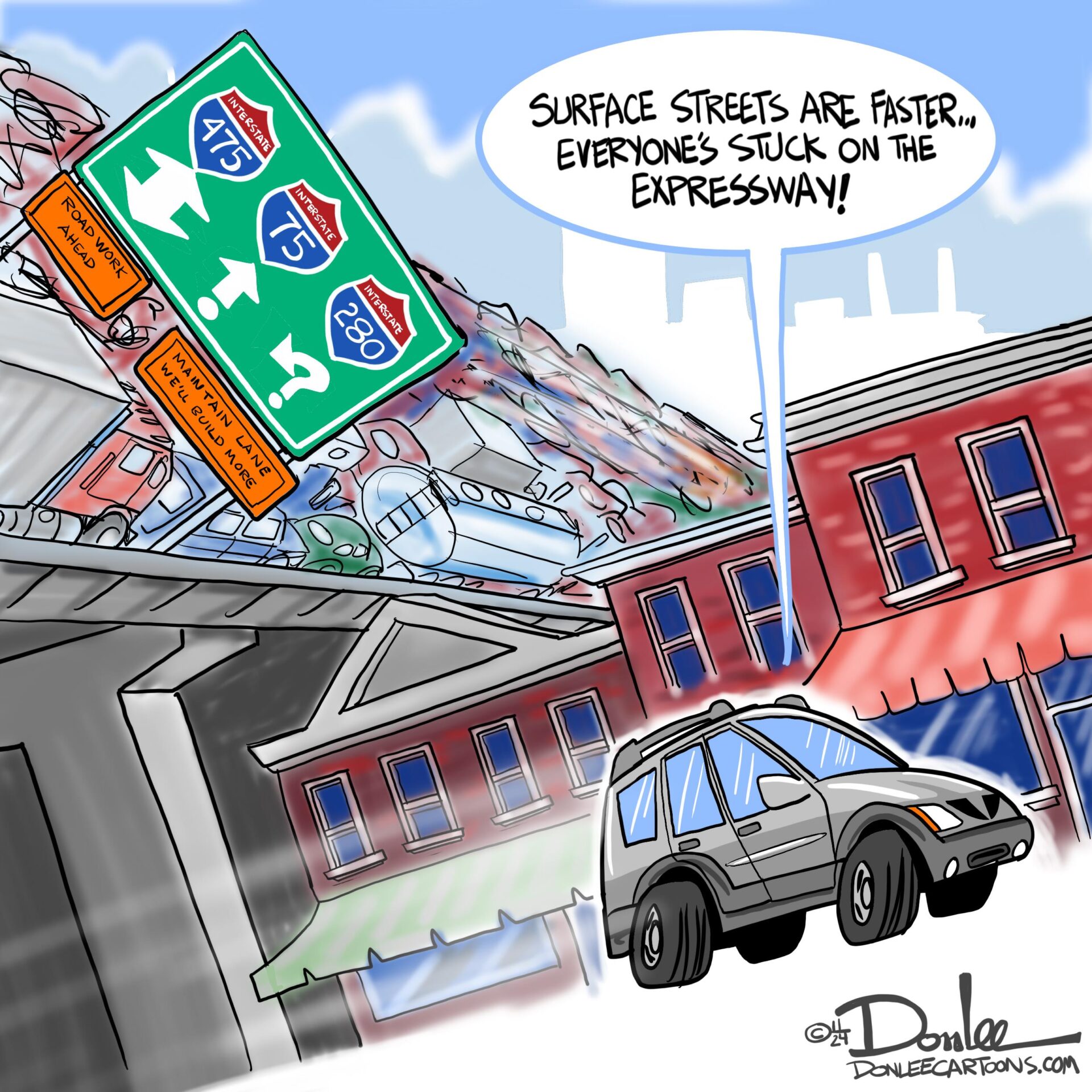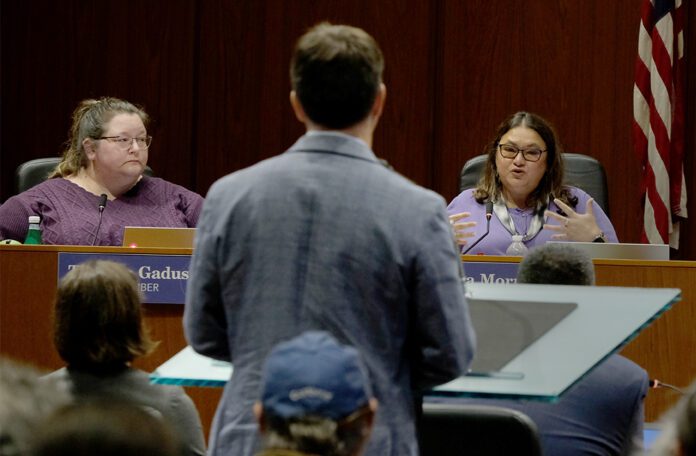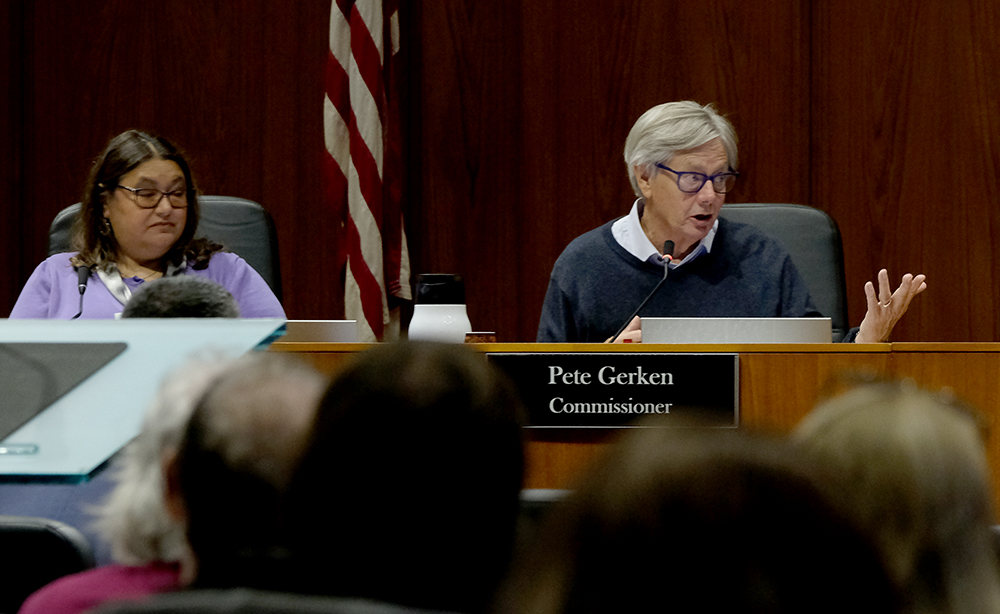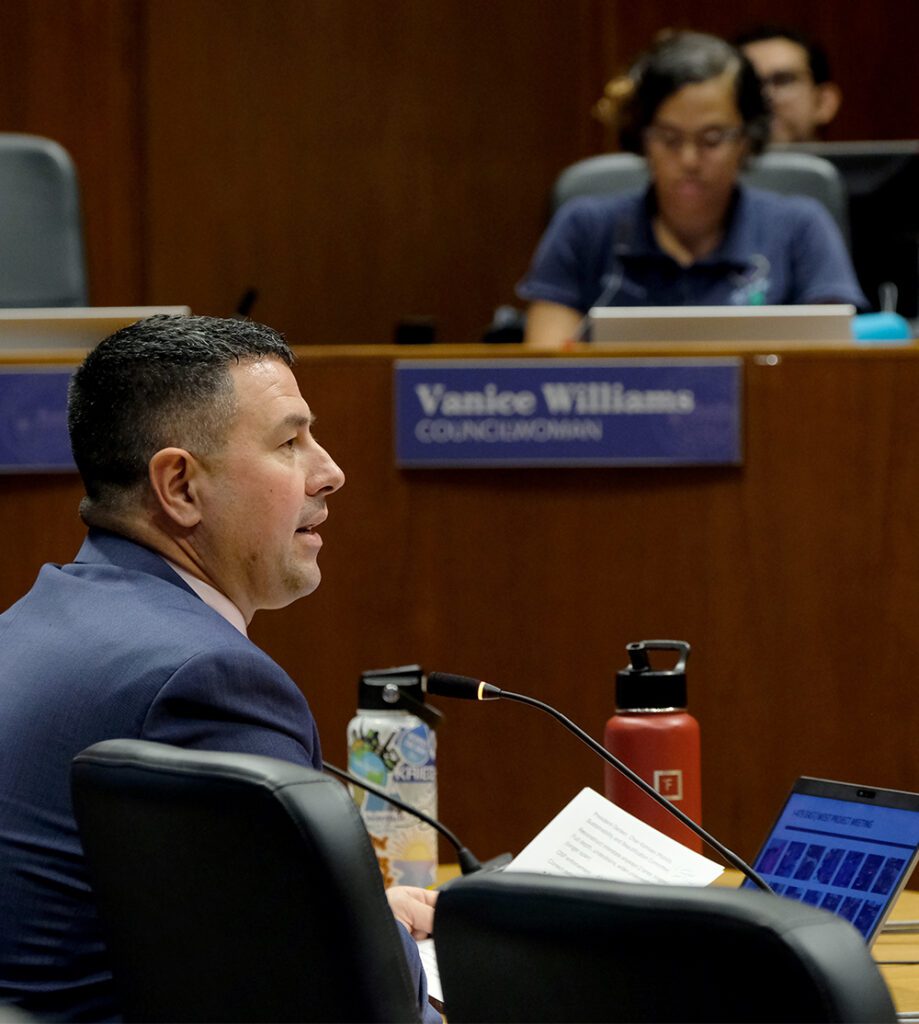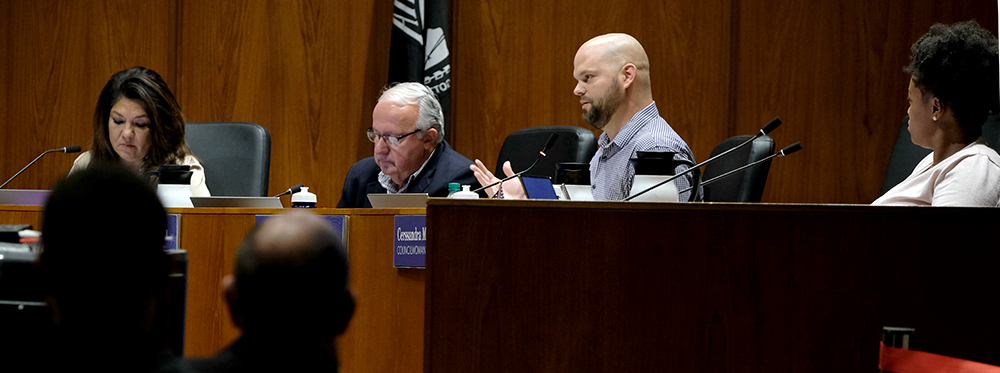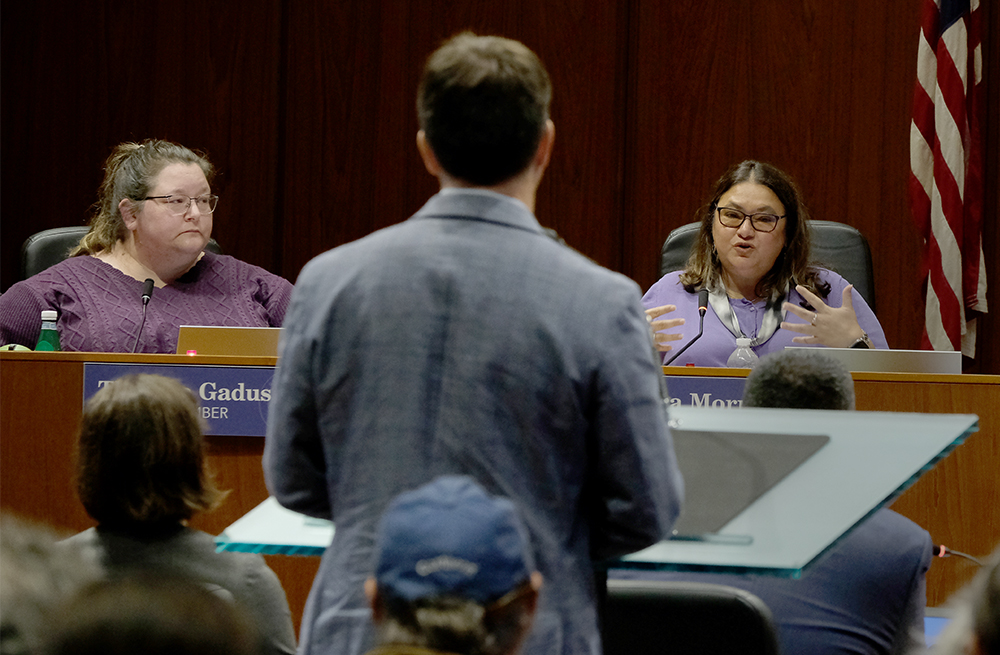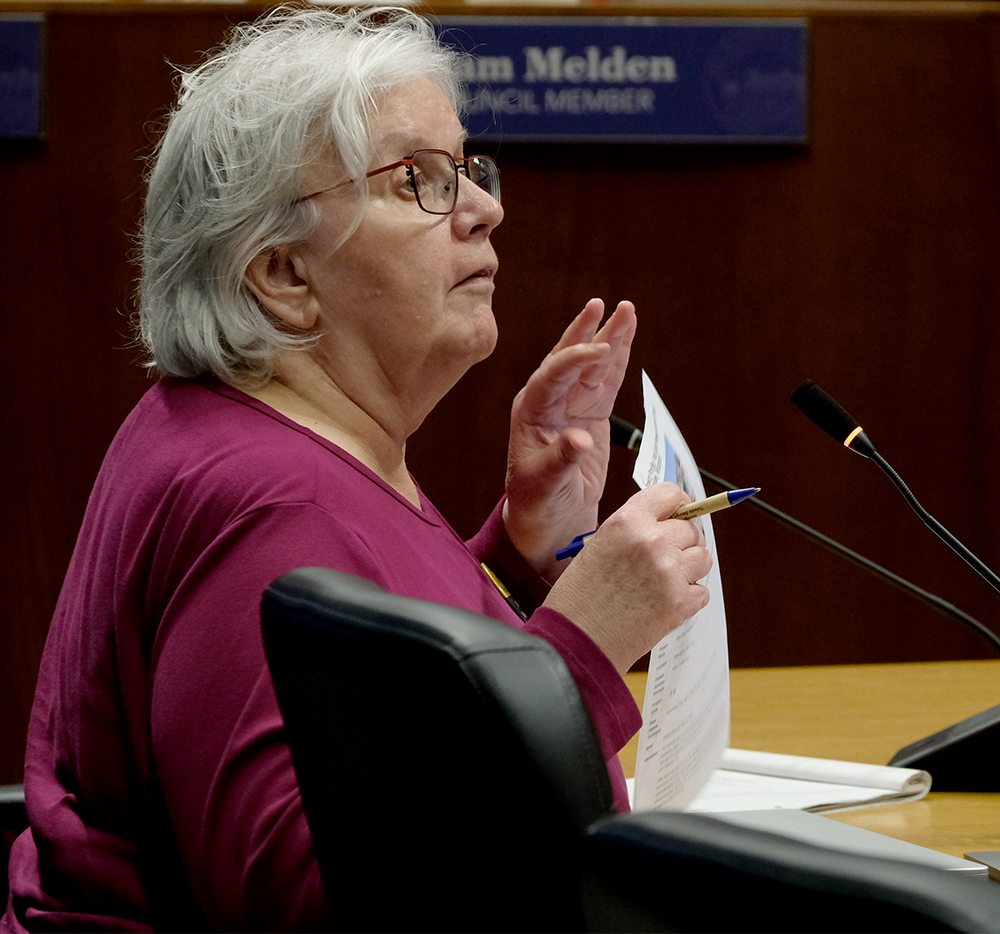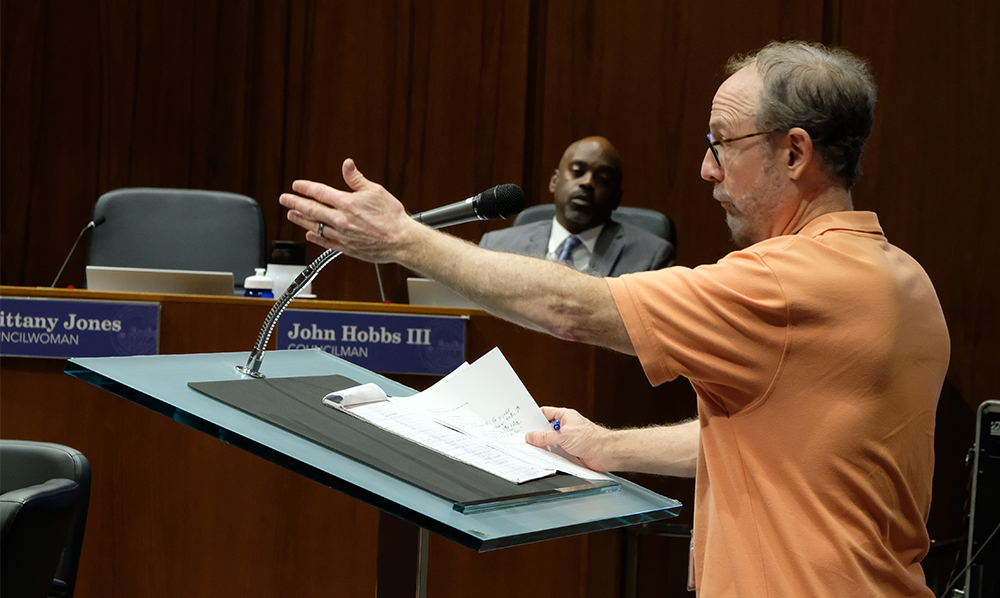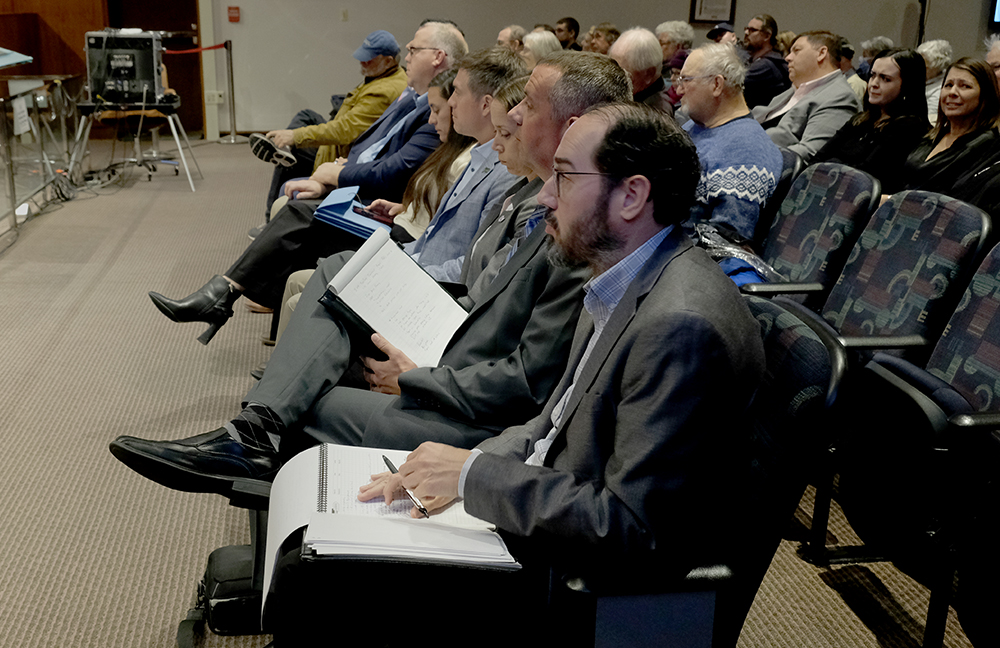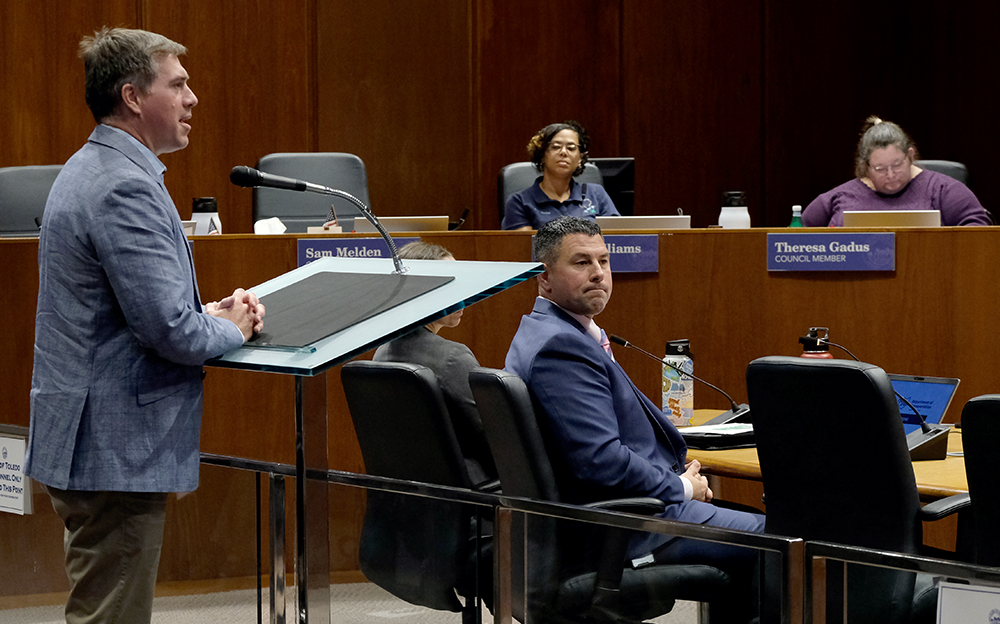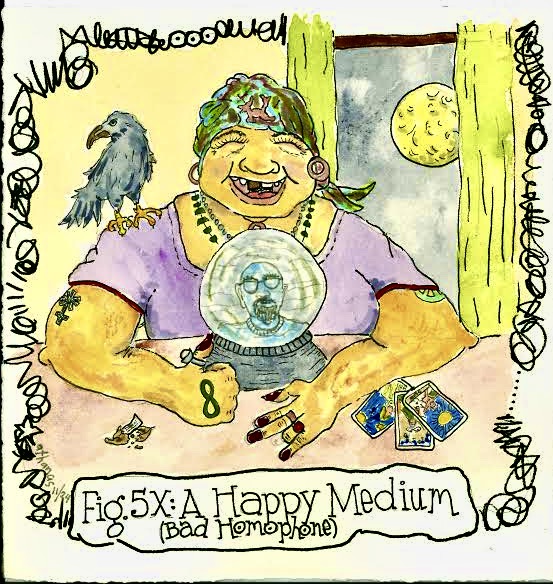S&G partners with ProMedica to help prevent drug overdoses
TOLEDO – From June 2023 to June 2024, the state of Ohio saw about a 24 percent decrease in drug overdose deaths, according to the CDC. One local business is looking to play a role in lowering the number of drug overdose deaths even more.
S&G is a convenience store in Toledo with 65 stores in Ohio and Michigan. To help combat drug overdose deaths, the company has partnered with ProMedica to install Narcan boxes in a dozen of its stores over the past six weeks.
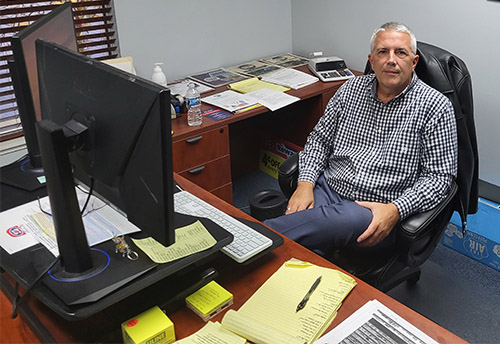
Neal Frandsen, vice president of marketing, discussed with the Toledo Free Press why having Narcan boxes in the stores is important.
“Convenience stores attract all kinds of different people, from rich to poor, Black to white to Hispanic … you name it,” he reasoned. “Overdosing on drugs doesn’t have any boundaries, either.”
“There’s no better time to offer our Narcan devices. Convenience stores, not only S&G, but convenience stores as a whole, find overdosed people in our bathrooms. We found probably five or six, not to the point of where they needed Narcan, but five or six people that were passed out on drugs in our bathrooms just this past year and a few times this year.”
S&G plans to install Narcan boxes in at least 55 of the 66 stores, according to Frandsen.
ProMedica initiated the process of sending Narcan boxes to S&G and other locations in the community. Dr. Brian Kaminski, vice president of medical affairs for ProMedica’s Metro Hospitals and emergency department physician, explained that before the pandemic, ProMedica wanted to tackle the opioid epidemic.
The plan is to tackle the epidemic in three phases, with a focus on the first phase:
- Harm reduction, which involves providing Narcan to people who need it
- Reducing the number of opioid prescriptions and finding alternate ways to treat pain
- Rehabilitation for people who are dependent on opioids
The initiative is designed to distribute Narcan to any place where overdoses are popular. Kaminski noted that one of the most popular locations is libraries.
Libraries are actually a very popular place to overdose, and most people don’t realize that. But it’s warm, it’s free, you can get in at many hours of the day … so people who are either homeless or in some other way destitute often park at a library, and they become these centers for overdose because people are using there.
Dr. Brian Kaminski
ProMedica offers Narcan to every patient who comes in after an overdose when they are discharged. Kaminski expressed gratitude to S&G for their partnership.
“We were lucky enough to have a partnership with S&G that was willing to put themselves forward and say, ‘We’re willing to do this. We recognize it can happen anywhere, even in our retail outlets, our gas stations, our convenience stores.’ We wanted to partner with them since they’re willing partners; not everybody’s willing to partner on things like this,” Kaminski explained.
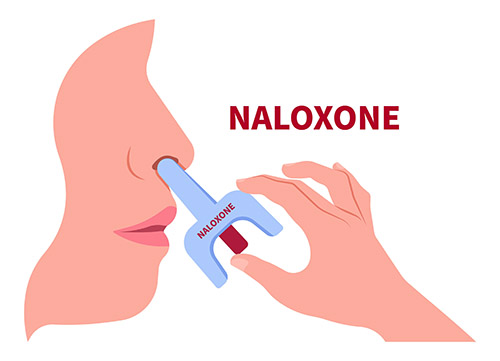

Since launching the effort to spread Narcan boxes around the community, Kaminski says there have been about 12 people saved from an overdose.
Narcan boxes are designed to be user-friendly. They contain pre-filled nasal atomizers. Each box has a pamphlet inside with pictures and instructions walking the user through the process. On the box, it shows you that it goes up the nostril and you squeeze the trigger-like mechanism, which atomizes or releases a mist of the medication. The box has two atomizers because some people need more than one dose.
The instructions say to call 911 because the victim could have more or different problems than an opioid overdose, the Narcan will also wear off eventually. If an overdose occurs in an S&G store, Narcan will likely be administered by an employee because training is provided at all stations with a box. ProMedica conducts regular inspections to make sure the boxes are in order.
Kaminski clarified that there is no harm in administering Narcan to someone who is believed to have overdosed but did not.


The initiative by ProMedica is not finished. Kaminski says the organization wants to provide more access to Narcan.
“We’re open to the idea of talking to other businesses. The goal here is far and wide in high-risk areas. We want to make Narcan available so that in the event that an overdose occurs in any area – and obviously you want to install it in the high-risk areas – that it’s accessible,” he said.
“The thing about the Nalox box is that it’s highly visible, attention-grabbing and easy to access the medication in it. Again, it’s in these high-traffic areas where there should be people around able to use it and administer it to somebody who might need it,” Kaminski added.
For those interested in helping prevent overdoses, the Ohio Department of Health conducts Project DAWN (Deaths Avoided with Naloxone), a network of naloxone and fentanyl test strip distribution programs that provide opioid overdose education and harm reduction services.
There are over 221 Project DAWN programs registered in Ohio where anyone can obtain Narcan boxes and learn how to use them. You can also purchase Narcan at a pharmacy without a prescription.

